Fermentation, the most gentle and ostellogenesis of the universe
Author:Institute of Physics of the Ch Time:2022.09.04
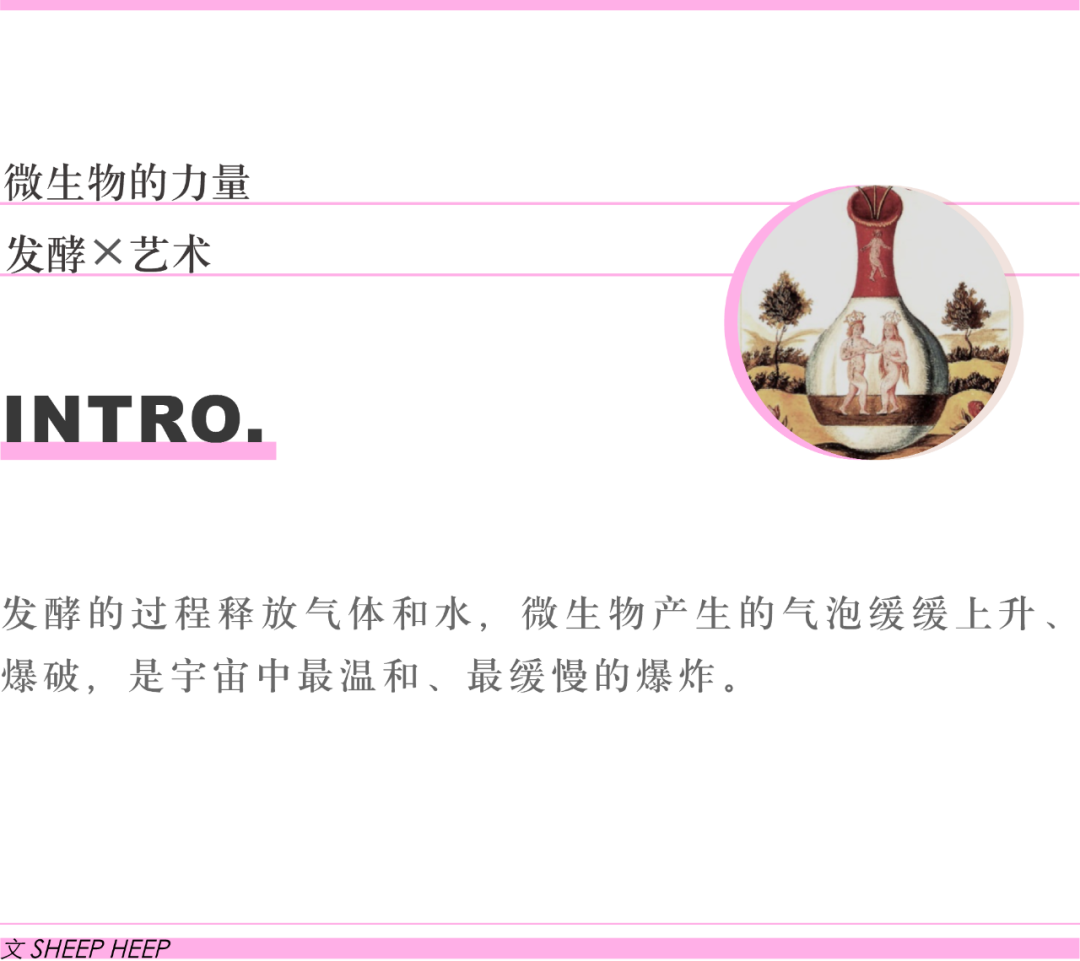

Fermented food can be seen everywhere in life. The original intention of fermentation was to keep the food longer, but it was unexpected that the "confrontation" method of time with time brought unexpected surprises to human taste. Microorganisms are the unparalleled kings in this game and inject the "taste of time" into food.
Fermentation is the process of producing or accumulating biological cells, enzymes and metabolites under the conditions of aerobic or anaerobic conditions, and transforming raw materials through specific metabolic channels to transform the products required by humans.
There are diverse types of microorganisms. Different microorganisms have the ability to produce different metabolic products. We drink yogurt with rich flavors and tastes are made of different bacteria for fermentation.
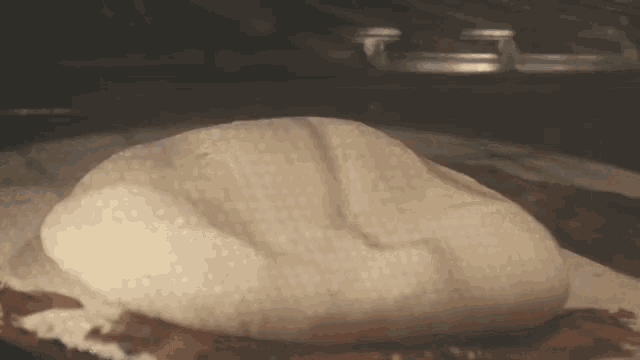
The fermentation process of bread, source: wikiart
As early as thousands of years ago, people were engaged in the record of fermentation production. According to the "Historical Records", Yidi created "Demand wine" to offer Dayu, which is the beginning of China to make wine; the 6th century AD, the "Qi Min Yao Shu" written by agronomist Jia Siyi (XIE) described in detail about it. Food fermentation steps. But the story of fermentation seems to be longer than we think.
Since the Neolithic era, humans have produced fermented food. The earliest types were beer, wine, fermented bread and cheese, followed by East Asia, yogurt, kimchi, sauerkraut, vinegar, butter and many traditional alcoholic beverages.
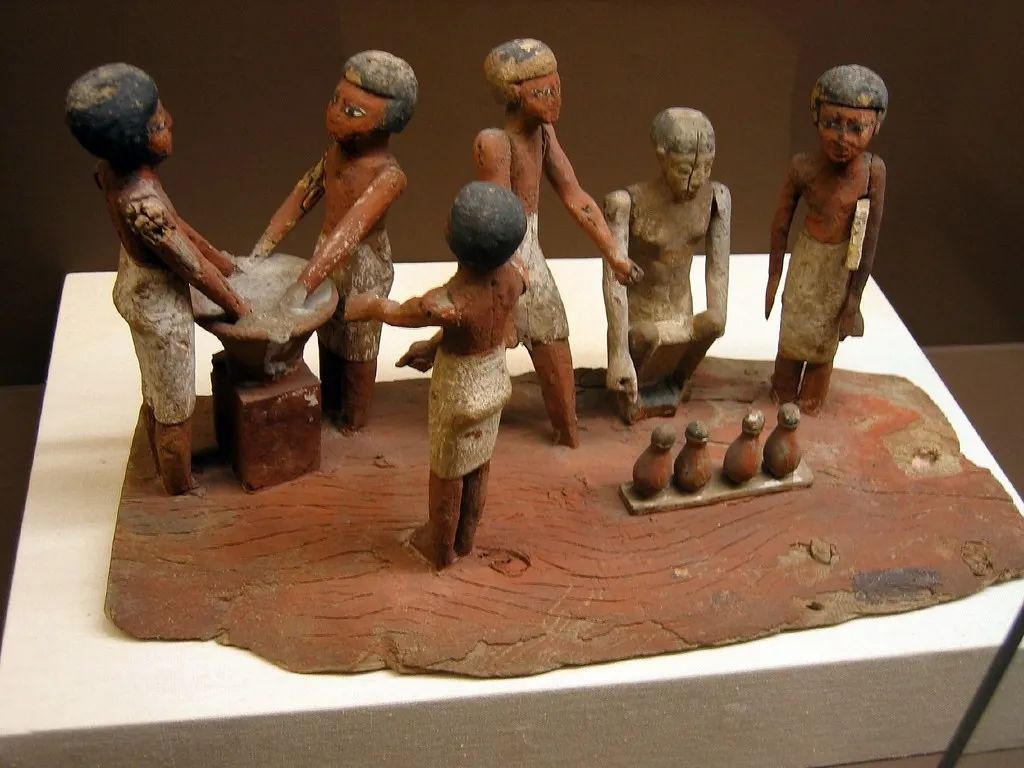
In the 200 BC Egyptian wooden model of making beer
Source: Getty Images
However, for the early human society, the process of basic food raw materials into fermented food is a mystery and a miracle. Due to the lack of scientific knowledge, they did not know what it caused this change. People believe that these are the rewards of God: ancient Greek culture believes that the god of wine and plants Baks give these delicious people to the world; in Japan, a small shrine is often set up in the center of some miso and soy sauce brewing wineries to ensure that the flavor increases god"……
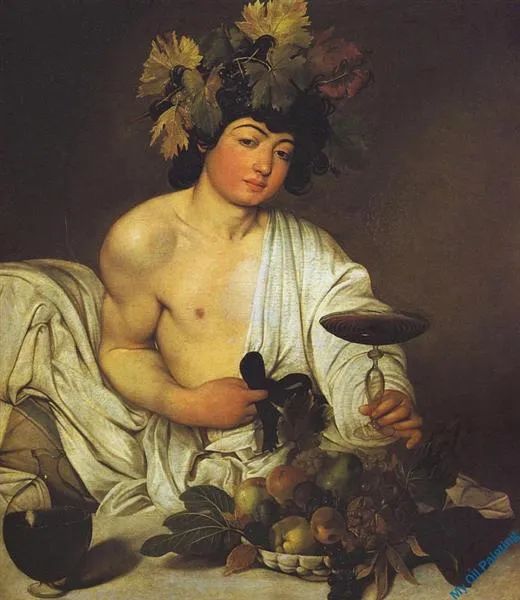
Caravaggio "Bacchus Barcs", Source: wikiart

The development of scientific development has made the resolution of human beings higher and higher.
The invention of composite microscope allows humans to see these "miniature gods" for the first time. In 1675, the great microscope scientist Anton Van Leeuwenhoek for the first time observed single -cell creatures in rain. The invisible creature "Animalcules" mentioned in it.
In 1789, "Father of Modern Chemistry" Antoine-Laurentde Lavoiser clearly described the fermentation process for the first time in the "Basic Chemistry Papers".
However, fermentation was considered the process of death at the time, not the "reincarnation" of life.
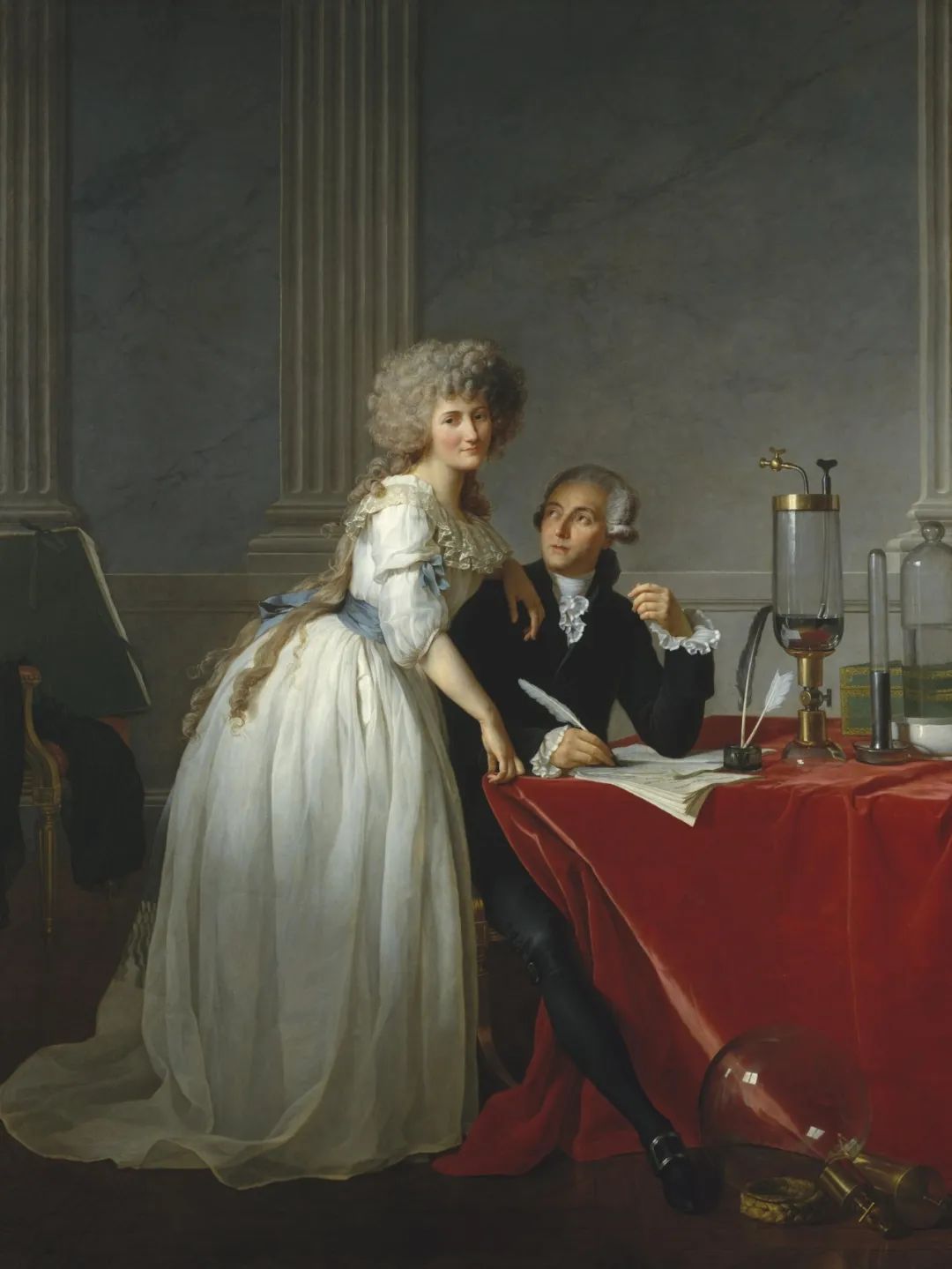
The famous portrait of Lavar and his wife. Lavisi's wife Marie-Anne Pierrette Paulze is his collaborator who translates English scientific works and matches his books. In the era when women are not recognized, for many scholars, Mary Annie Paulz is one of many female scientists in history in history.
Fermentation is the view that "vitality" is supported by "vitality". The "vitality theory" has mysterious colors and originated from ancient Greek scholar Aristotle. They believe that the organisms have souls, and all activities of the organisms are dominated by their internal "vitality" or "vitality".
At that time, the mainstream chemical community issued a strong opposition. They proposed "mechanical theory" that fermentation was pure physical and chemical reactions, which had nothing to do with life. A long -lasting scientific argument began. Although people gradually realized that yeast is an organic body with life, the specific process and essential principles of fermentation are still controversial.
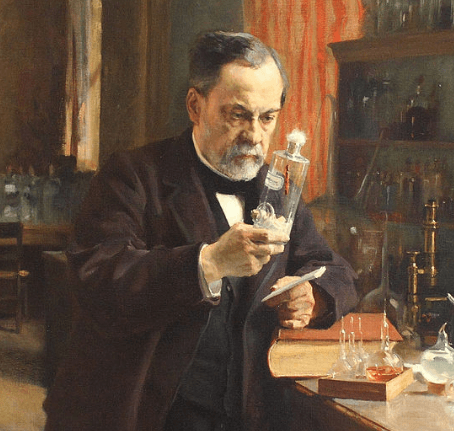
Louis Bastel, Source: wiki
The argument ended by French chemist Louis Pasteur (1822-1895). In the 1950s and 1860s, through a series of experiments and research, he proved that fermentation was caused by the body, which is the lactic acid bacteria we are familiar with.
In the 1900s, when Russian bacterian scholars Eliemetchnikoff traveled in Bulgaria, he noticed that there were many centenarians in the local area. He investigated and studied local dietary habits. He found that local residents often drink yogurt, so he named the bacteria in this yogurt. For Bao Lactobacillus.
Metchnikoff believes that the reason for the longevity of Bulgaria is that they drink yogurt for a long time and a lot. Leo F. Rettger, a researcher at Yale University, based on the results of Metchnikoff's research, found that lactic acid strains are very active in the human intestine, and it is an important element of human health to maintain good health. The continuous reproduction and circulation of Bulmius in Bulgaria has helped human beings healthy and longevity. The gift of this tiny life is amazing. Bulgaria was also the hometown of yogurt.

These magical microorganisms not only satisfy people's tastes, rectify people's stomach, but also create unique artworks.
In the process of wine, fermentation is the most critical part. Add active yeast to the grape juice, and the yeast of anaerobic reactions and the sugar in the wine interaction to produce carbon dioxide and alcohol. The sugar in the grape juice was swallowed by the yeast in the air -different yeasts in the air are factor that gives the wine a lot of delicate flavors. Finally, the mission of yeast is completed, and the bottom of the wine becomes residue.
Gilleslapalus and Cameron Robbins fermented drawing device, source: wiki
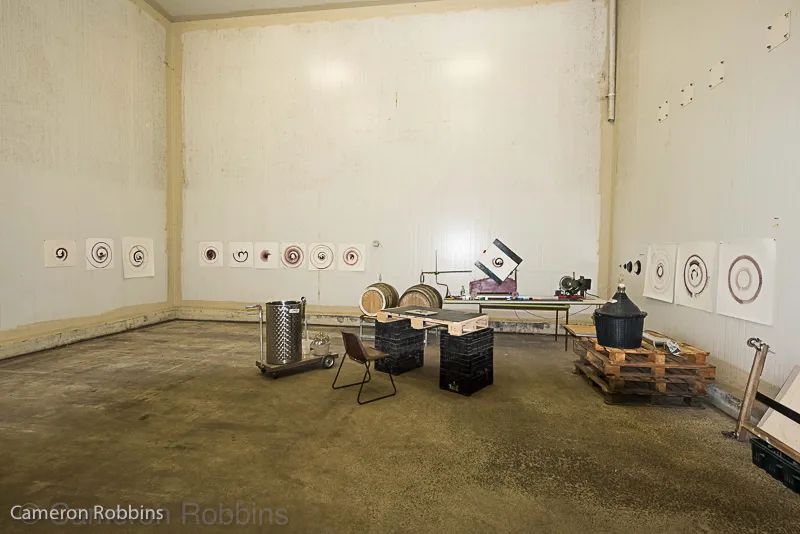
The winemaker Gilleslapalus and artist CamerOnrobbins connected a drawing machine with the wine in a barrel of brewed. The carbon dioxide generated by the fermented carbon dioxide poured out of the barrel. The wonderful fermentation process was seen by the trajectory of that circle was the life symbol written by yeast.
Wind fermentation drawing equipment video
Source: Camerobbins.com
The pattern drawn by wind fermentation drawing equipment
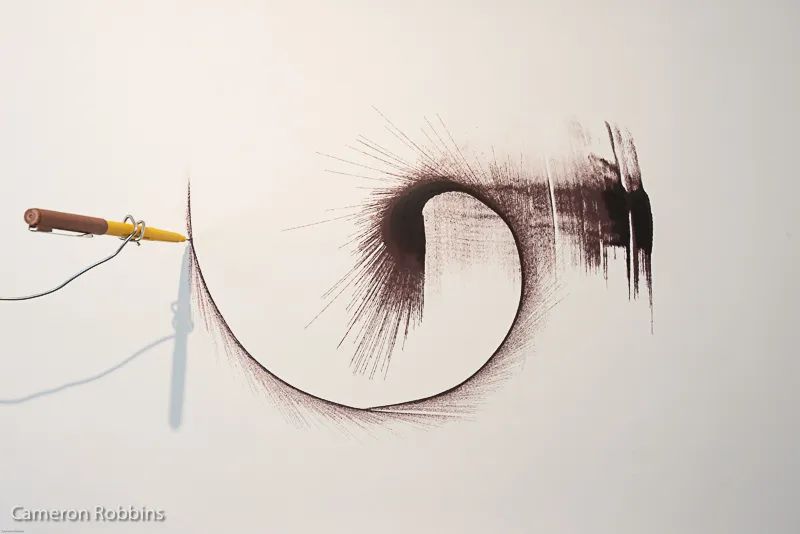
Source: Camerobbins.com
Wind fermentation drawing equipment drawing strokes
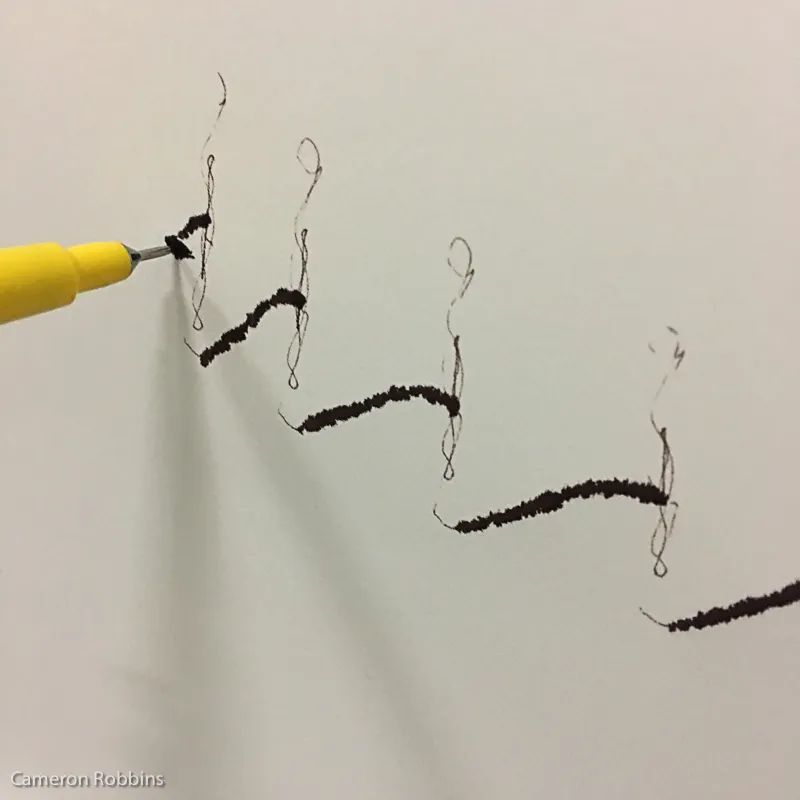
Source: Camerobbins.com
Wind fermentation drawing equipment drawing strokes
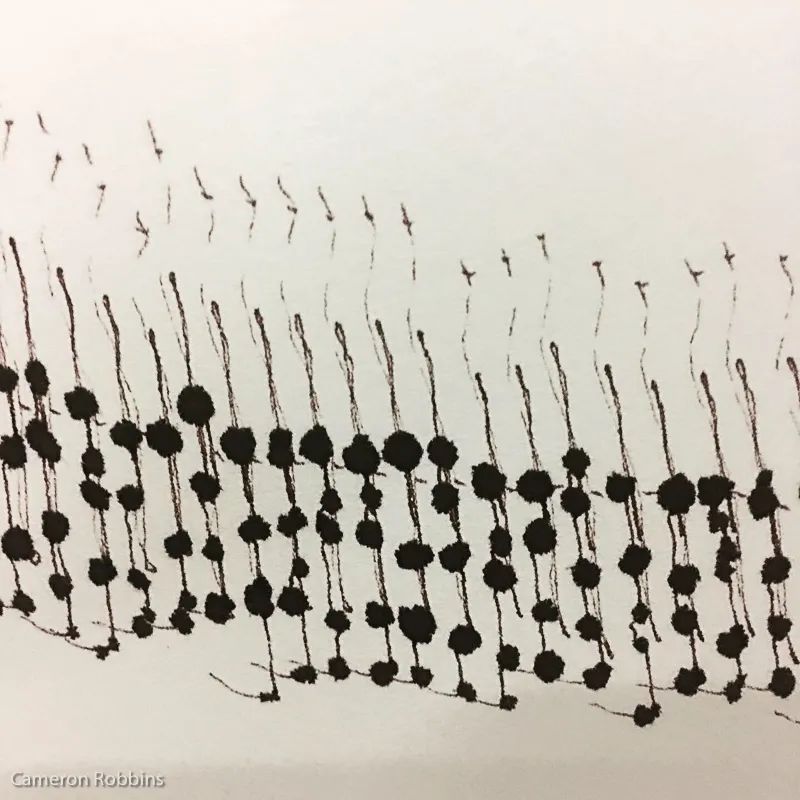
Source: Camerobbins.com
Do you want to listen to the music played by microorganisms? At the Harvard Natural History Museum, artist Joshu Pablo Rosenstock created a multi -sensory device, Fermentophone.

FermentOPhone
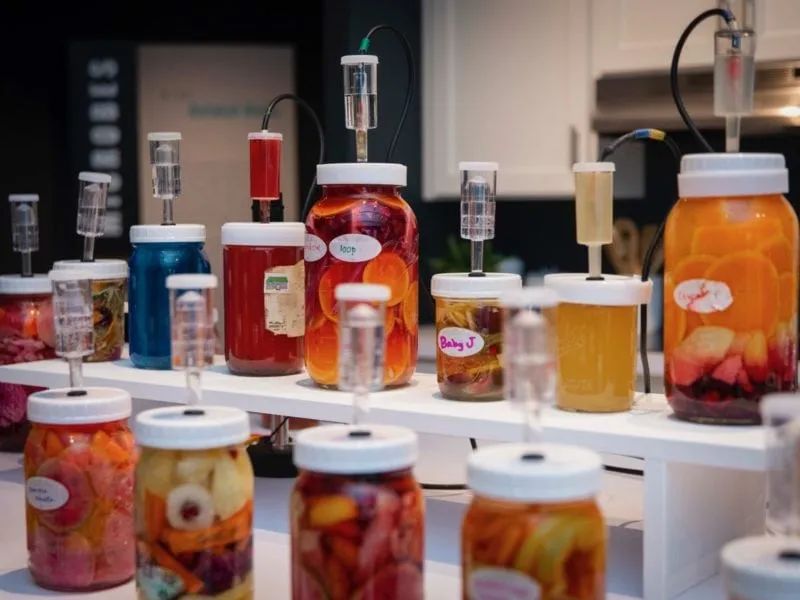
Source: Joshuapablorosenstock.com
This device includes a series of foods and beverages that are fermented, including lactic acid fermented agents, different kimchi and sauerkraut, and a bunch of yeast drinks, including honey wine, apple wine, beer, ginger beer and fruit flavor.
The jars equipped with fermented food and beverages are connected to the sensor, and the carbon dioxide bubbles are constantly generated during the fermentation process. These bubbles are like small drum points under the rhythm, converted into electrical signals through sensors, and then convert different sounds with software.
Joshua hopes that people can perceive the existence of microorganisms. Microbial is everywhere. There are more microorganisms in our body than our total cells, and may even control our thoughts and feelings through some ways we cannot fully understand.
The creators carefully selected different instruments for each fermented food. Yeasts and bacteria are responsible for "performance". The macro is connected by music. This is really the cross -border "duality" of humans and bacteria, and it is also a movement of science and art.
Fermentophone, source: YouTube
Fix time, fermented microorganisms, heavy ink, exuding the gorgeousness of life.
Miso under the microscope, source: Sandor Ellix Katz

Yeast under a microscope, source: Sandor Ellix Katz
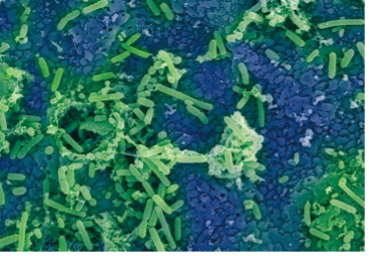
Douban sauce (Sichuan broad bean pepper fermentation), Source: Sandor Ellix Katz
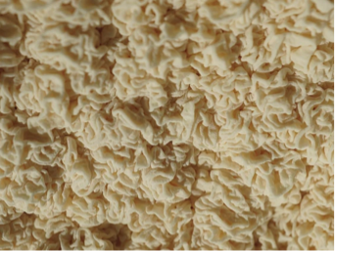
Goat Milk Cheese, Source: Sandor Ellix Katz
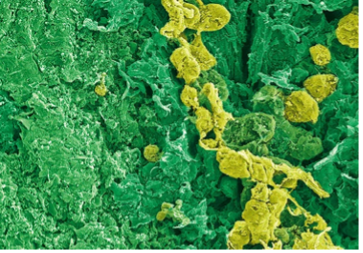
Bayley Hazen Blue Cheese, Source: Sandor Ellix Katz
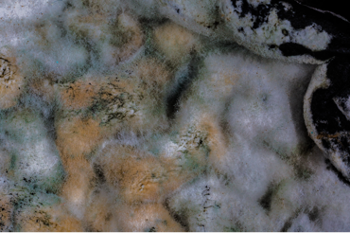
Flat Cut Darcapya, Source: SANDOR ELLIX KATZ
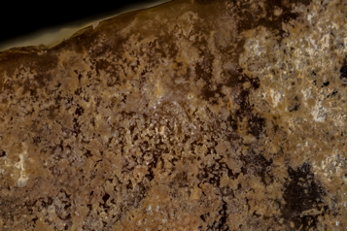
Biotechnology refers to the use of animals, plants, and microorganisms to produce useful substances and improve the characteristics of creatures to reduce the science and technology of cost and innovative species. Ferment is considered to be the first use of biotechnology. It shows us. Although we are not seen by microorganisms, their power is never weak.
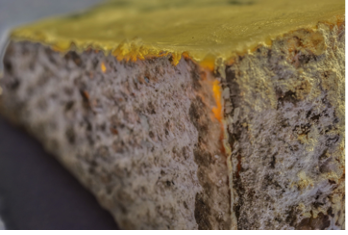
The charm of fermentation is unlimited. It creates human history and establishes the relationship between people, as the American gourmet writer Sandor Katz said, "It is not that people have invented fermentation, but fermented, but fermentation Involved. "
Fermentation is based on science and gets rid of the theology and conjecture from unknown. For the first time, people began to accept a new worldview, that is, they are sharing the environment with many small biological sharing of human life.
Reference:
https://annadumitriu.co.uk/portfolio/fermenting-futures/
https://www.soyinfocenter.com/hss/fermentation.php
https://www.sfgate.com/lifestyle/slideshow/history- of-Fermentation-Aound-The-world-228894.php
https://www.guadoalmelo.it/en/Fermentation-Istory- 2- IT-s-rarefied-to- Spirit/
https://www.youtube.com/watch?v=eaarkth8uwo
https://www.joshuarosenstock.com/fermentophone/
https://cameeronrobbins.com/ferment-co2-drawing/
Reprinted content only represents the author's point of view
Does not represent the position of the Institute of Physics of the Chinese Academy of Sciences
If you need to reprint, please contact the original public account
Source: AS Science and Art Research Center
Edit: Tibetan idiot
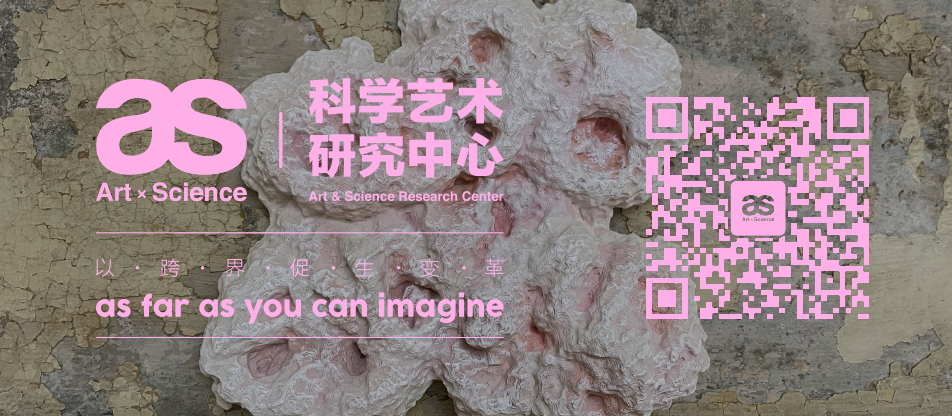
- END -
Sun Wei: Break through the "human scale" -the media and human civilization in the digital age
Professor of the School of Journalism of Fudan University, Director of the Information and Communication Research Center of Fudan University. In the early 1980s, the reform and opening up was admitted
Set off!Sitting on the Zhengyu High -speed Railway and visiting the Yangtze River National Cultural

Zheng Yu high -speed rail, which has received much attentionTo open to trafficTake...